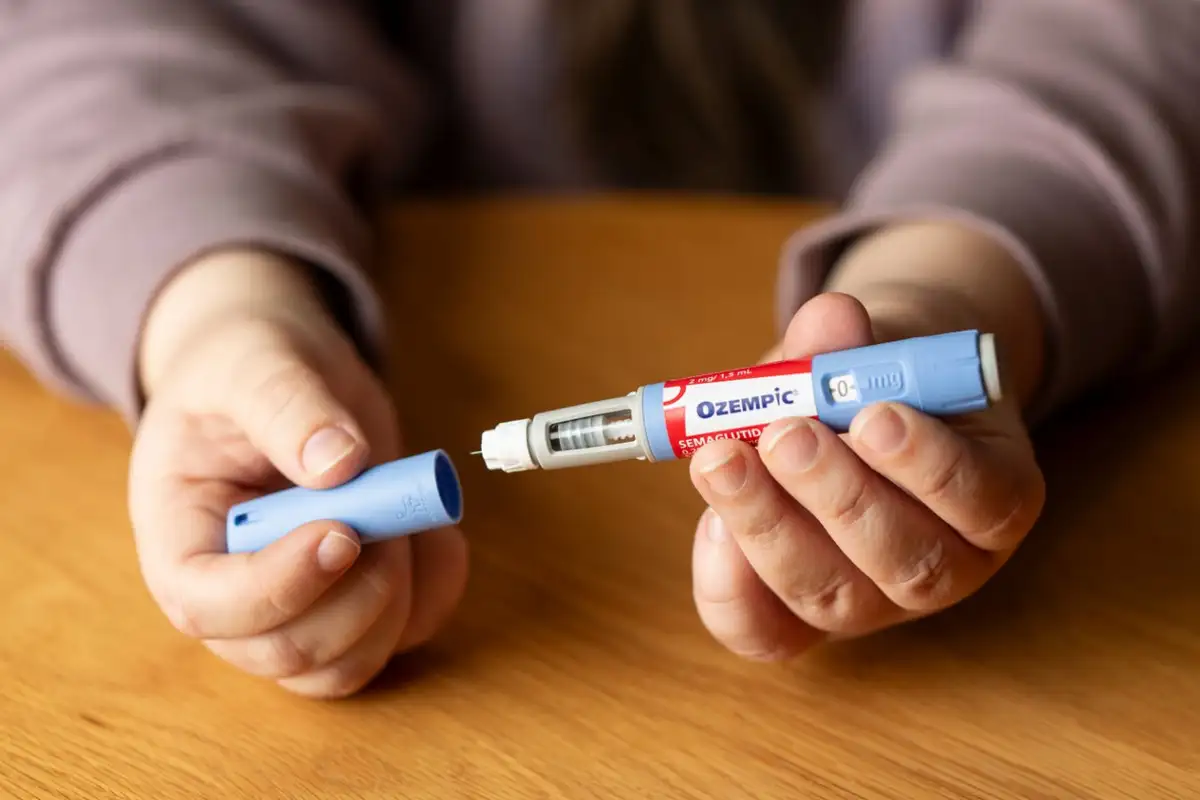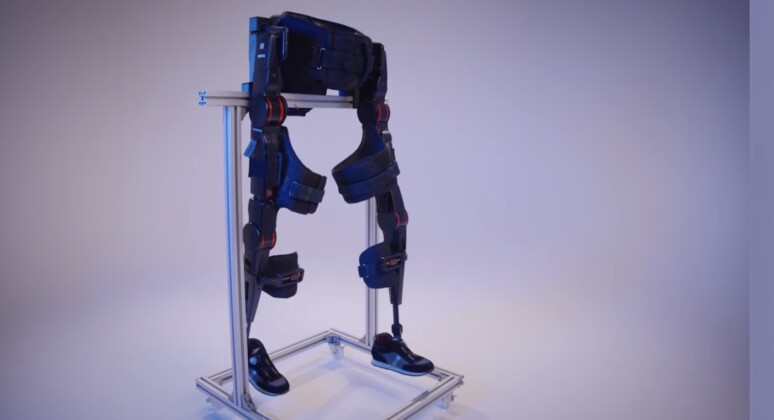New Study: Ozempic Slashes Risk of Kidney Disease
Novo Nordisk’s leading medication, Ozempic, has shown promise in reducing the risk of kidney disease advancement and related fatalities in patients with diabetes, according to preliminary findings from a late-stage clinical trial announced on Tuesday.
The study demonstrated that Ozempic significantly decreased the risk of kidney disease progression and deaths from kidney or cardiovascular issues by 24% among diabetic individuals with chronic kidney disease, in comparison to a placebo.
These findings contribute to the accumulating evidence of the broader health benefits offered by Ozempic and similar medications. These treatments have seen a surge in popularity over the last year, despite the challenges of variable insurance coverage and substantial costs. This has mostly come from non-diabetics who have been using it as a weight loss drug. Ozempic has not been approved as a weight loss drug, but has the same active ingredient as several drugs that are.
Novo Nordisk plans to release comprehensive data from the study later in the year and intends to seek broader regulatory approval for Ozempic in the U.S. and Europe based on the study’s positive outcome.
Addressing chronic kidney disease could represent a significant market for Ozempic, as approximately 40% of diabetes patients are affected by this condition, which is characterized by the gradual decline of kidney function.
The trial, named FLOW, was conclude in October — a year ahead of schedule— because of the encouraging results. Initiated in 2019, the FLOW trial monitored around 3,500 diabetic patients with moderate to severe chronic kidney disease.
This news arrives amidst growing competition from pharmaceutical rival Eli Lilly which aims secure broader insurance coverage for Wegovy, another weight loss injection by the company. Notably, Wegovy was shown in a previous late-stage trial to reduce the risk of heart attacks and strokes by 20%.
If this treatment option continues to produce safe results, it could be a great thing for people suffering from chronic kidney disease.




